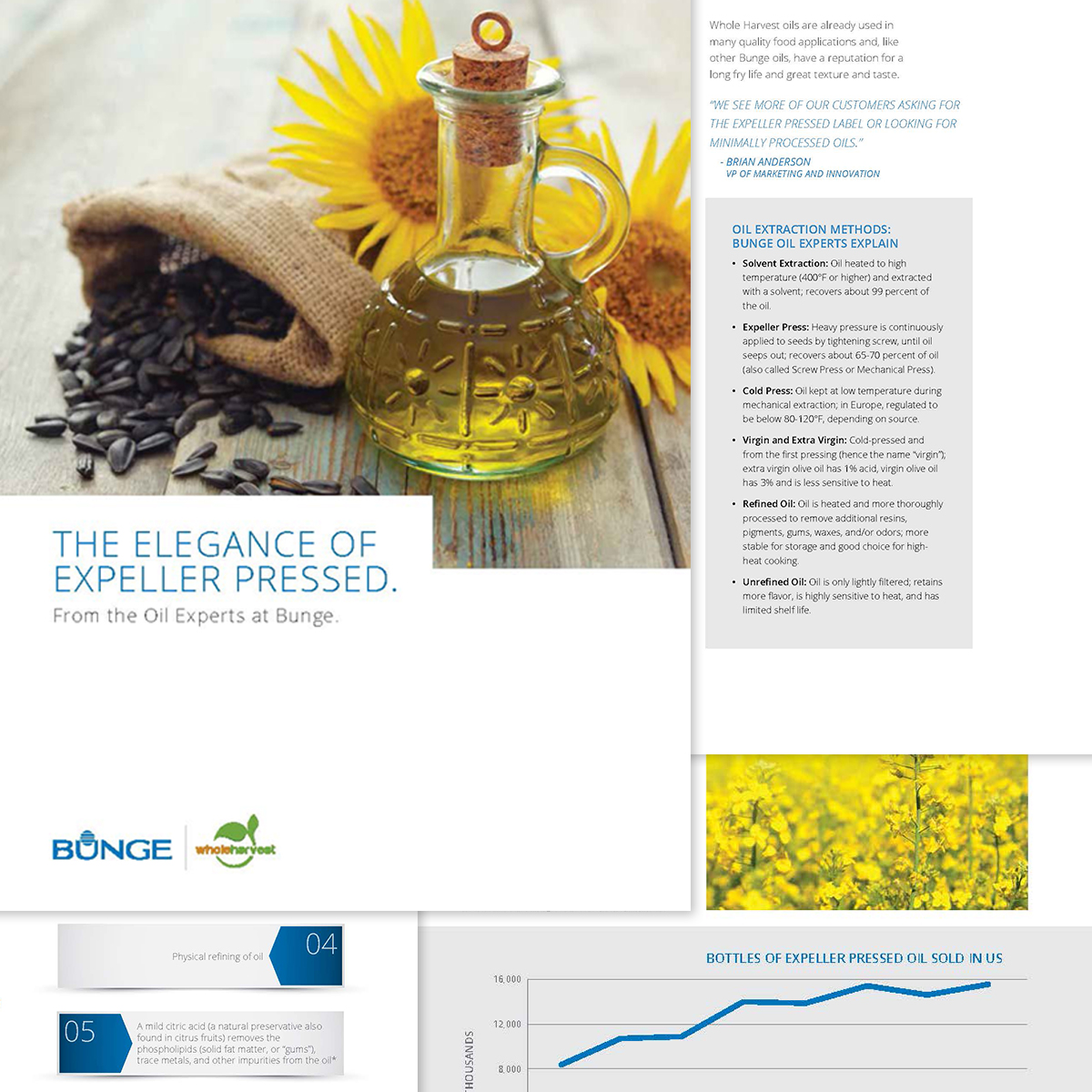Add Color to Your Marketing Mix with A White Paper
In my last blog post, I talked about the benefits of print advertising as part of an integrated advertising campaign for B2B companies. In this post, I’ll show you the power of papers – white papers, that is – as part of the mix. Fall is not only PSL season; it’s also media planning season. As such, we’ve been having a lot of conversations with our clients (over lattes, of course) about their 2019 marketing objectives. What we’re hearing over and over is “we need leads.”
A great way to generate leads is by developing and distributing high-quality white papers through relevant media companies.
In fact, a report by DemandWave found that more than half of B2B marketers cite white papers as one of the most effective tools for generating quality leads. If you too would like to see more leads as a result of your advertising spend, just follow two easy steps (we can help).
This white paper we developed for our partner Bunge is a good example of relevant data on a hot trend for a targeted audience.
Step 1: Create A Colorful White Paper
If the term “white paper” elicits images of a bland and boring document, we hope to convince you otherwise. White papers can be vibrant, engaging tools that provide valuable information to potential customers and a lot of leads for you.
White papers are not meant to be promotional pieces about a company’s goods or services but, rather, should:
- Provide insight, research, and data points on a trend or hot topic in your industry
- Address the challenges or needs of your target audience
- Include a teeny tiny connection to your company or product offerings
A non-promotional, widely appealing white paper will encourage downloads and establish your company as a thought leader on the topic. For example, we worked with a flavor company client to develop a white paper about beverage trends and distributed it through a nutra-focused media outlet. Through this single distribution, our client received 767 leads. Considering the cost of the distribution, that is $7 per lead. Where else can you see that kind of ROI?
Step 2: Reach the Right Audience at the Right Time
Just as important as the content of the white paper is the channel through which it is distributed and when. This is where media planning and pumpkin spice come in (you have to get through hours and hours of planning meetings somehow).
As a media planner, I work closely with our trade media partners to ensure I know the best ways to distribute white papers to my clients’ target audiences. But there is more to it than that. I also:
- Evaluate the audience and reach of our media partners
- Compare open rates, click-through rates, pricing rates…all kinds of rates
- Review clients’ trade show schedules and timing for important product launches or announcements
- Analyze metrics from prior years to see which distributions performed the best
- Meet with the strategists on my team to determine when each client will have new assets to share
Using all of this information, I develop year-long media calendars that outline strategic recommendations for when and where our clients should distribute their high-quality content in order to generate the greatest amount of quality leads.
Though media planning season is a busy, coffee-fueled time, I know moving into 2019 that our clients’ messages will be sent to the right people at the right time. If you want to experience the power of white papers in your marketing mix, get in touch.

